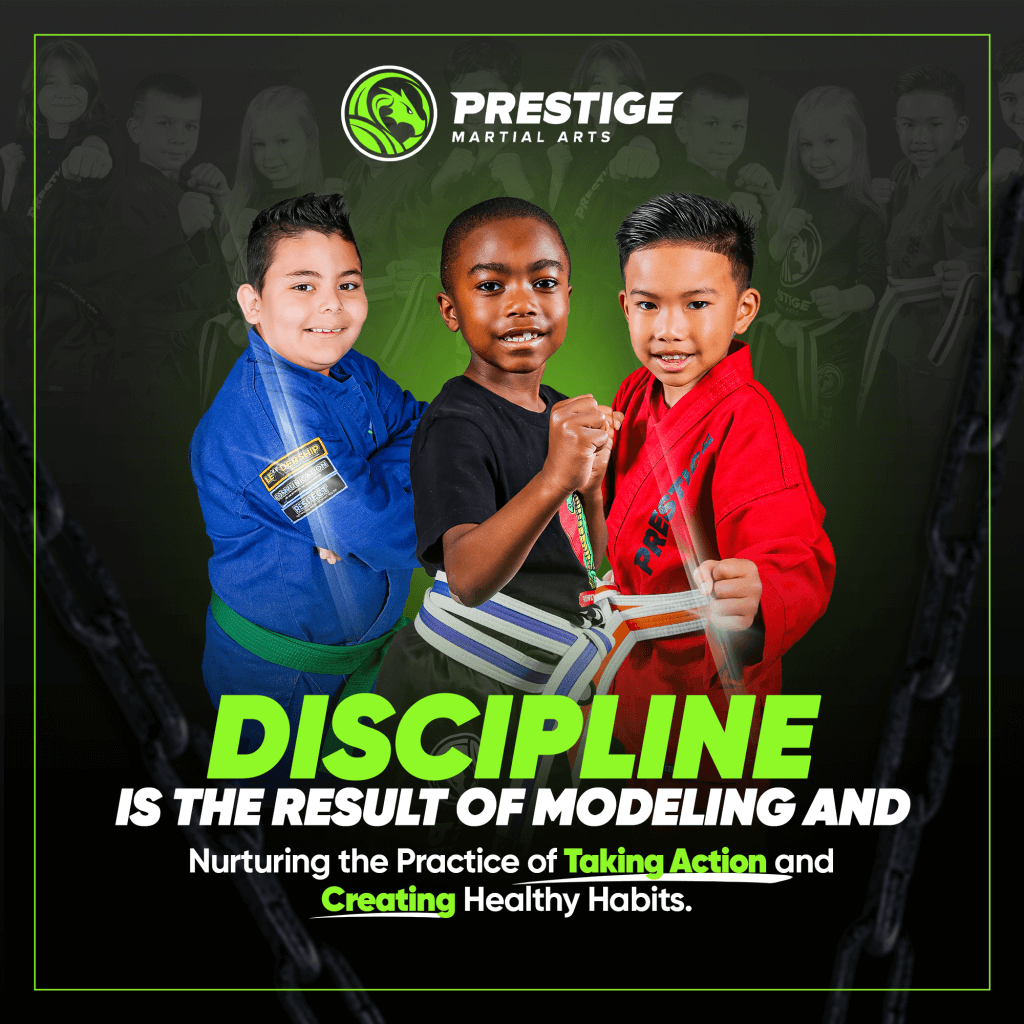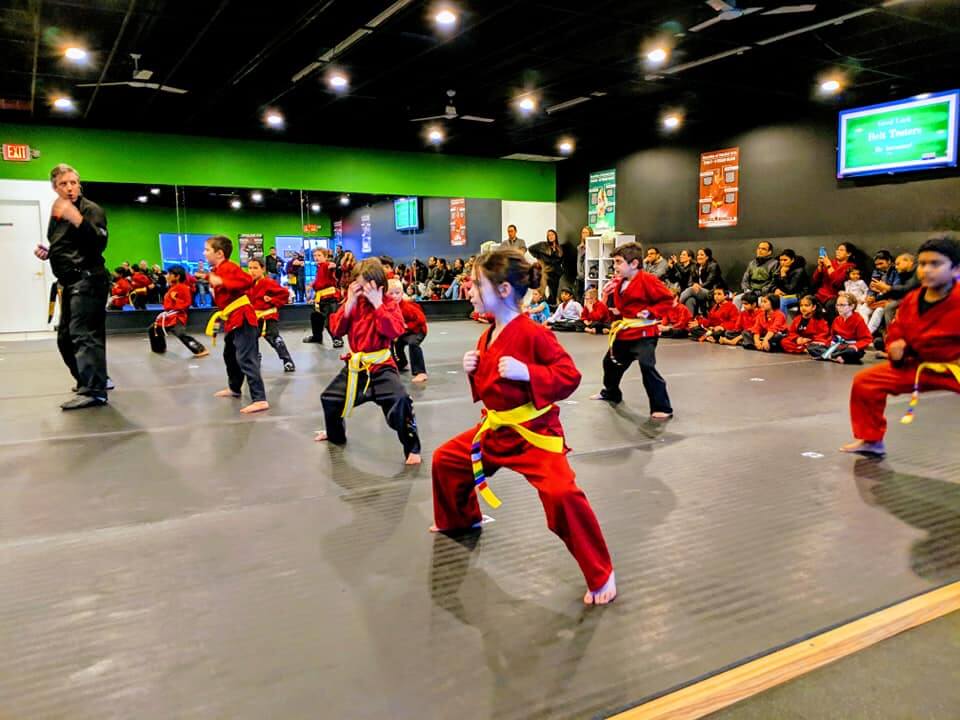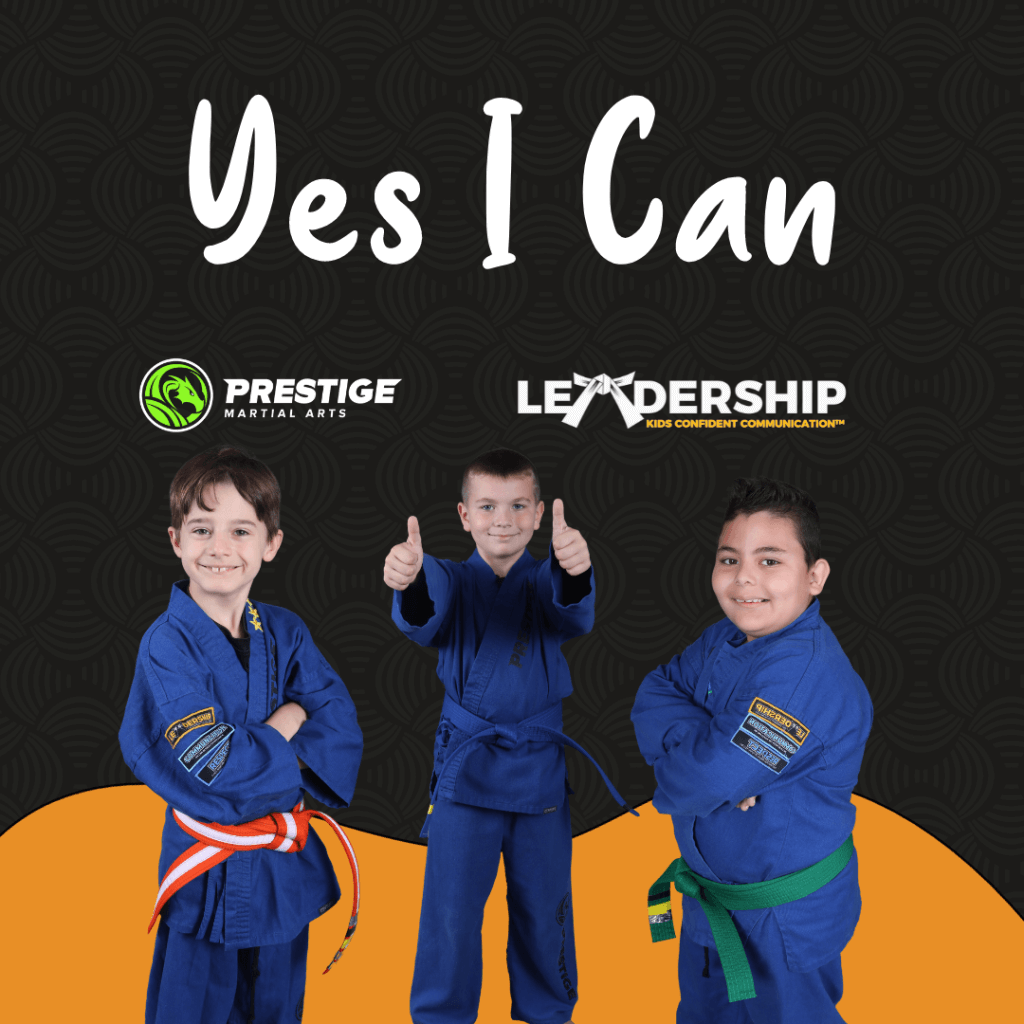Martial arts instruction and practice provide the perfect environment for children and teens to develop adaptability and learn to embrace change. Students of martial arts have a healthy growth mindset that makes change less intimidating and more of an opportunity.
Are you researching ways to help your child with adjusting to change? Are you hoping your child or teen will learn adaptability? Keep reading to see how martial arts classes may be just the place for your kids to become more adaptable and ready to embrace change.
This article will explain how the aspects of martial arts training help children develop adaptability. We’ll also explore how adaptability and some other skills learned in martial arts classes help your child embrace change.
Adaptability is only one of many leadership skills that kids learn from martial arts. When you finish this article, you can discover more leadership skills your child will develop in martial arts practice.
Kids Learn Adaptability in Martial Arts Classes
Kids learn adaptability in martial arts classes because practice requires
- Continuous learning
- Adapting training to be more focused or rigorous
- Incorporating new techniques
- Nurturing a growth mindset
We’ll discuss how each of these aspects helps children and teens who practice martial arts develop adaptability.
Continuous Learning in Martial Arts Nurtures Adaptability
One of the best ways to nurture adaptability in children and teens is continuous learning. Continuous learning supports a growth mindset and helps kids feel more confident in a world that is always changing and evolving. Martial Arts require students to embrace and utilize new learning.
This adaptability is part of the leadership skills taught in martial arts classes.
Training Adaptations as Children and Teens Progress
With progression in martial arts comes training adaptations. Children and teens progress from building strength to learning how to control their bodies by using precision rather than relying on raw power alone.
To excel in martial arts, children also learn to adapt their training to be as rigorous and focused as needed. Stretches and exercises change to challenge the martial arts student at their current level.
Adapting to New Techniques in Martial Arts
Martial arts students adapt their sparring methods to incorporate new techniques as they advance. Adapting their individual style to build on their existing knowledge with new techniques lends itself to adaptability in other settings like home and school.
Students also find that they have to grow physically and mentally to incorporate new techniques successfully. Children and teens have to practice and develop perseverance to master these new techniques.
This teaches kids not to give up when adding new information or skills to their way of doing things. This applies not only to martial arts classes but also to their daily activities.
Adaptable Mindsets of Martial Arts Students
Martial arts, as a family of disciplines, encourages students to be humble and adaptable so that they can learn from their teachers and peers. Through attitudes and the environment of martial arts, students foster a growth mindset. Adaptability and humility are seen as strengths, not weaknesses.
Students of martial arts also learn that confidence is based on humility and adaptability. It does not rely on rigid beliefs or unwavering commitment to a particular way of doing things.
Adaptability Helps Children Embrace Change

Once children develop adaptability as a skill, embracing change is natural. Change is no longer a threat or something to be feared. Instead, change is ripe with opportunities for the child or teen. Opportunities to make friends, grow, or become better at something new.
Let’s take a closer look at a couple more skills developed in martial arts that assist children with embracing change.
Resilience in Adversity Helps Children Embrace Change
Martial arts require persistence, especially when a skill or situation is challenging or difficult. This ongoing persistence fosters resilience in the children and teens in martial arts classes. Resilience helps children believe they are strong enough to accept and even embrace change.
Proactivity During Martial Arts Prepares Kids for Change
Martial arts classes help children become more proactive. Children learn to respond to situations rather than simply react. This is the heart of proactivity. Proactive children and teens feel prepared when changes happen because they know how to respond and feel a sense of control.
Conclusion: Adapting and Embracing Change
Martial arts practice helps children and teens become more resilient, proactive, and adaptable. Martial arts students develop a growth mindset that will aid them with the constantly evolving challenges around them. If your child is not already enrolled in a martial art school, consider finding one.
Finding Martial Arts Classes for Children and Teens
Finding the right martial arts classes for your children and/or teens may feel difficult. Still, you can feel comfortable with martial arts instruction by researching the school’s philosophies online and by visiting classes.
If you’re looking for martial arts classes in or near Troy, Michigan, then check out Prestige Martial Arts of Troy. We believe in developing the whole child through our martial arts instruction. Call us at 248-687-8641 to learn more or sign up.
Would you be surprised to learn that martial arts can help children develop compassion and empathy? Learn more about compassion and empathy learned through martial arts here.
In addition to compassion and empathy, find out about how martial arts can help with parent-child bonding.
Frequently Asked Questions
How do you learn a martial art?
The best way to learn a martial art is to take a class. More experienced practitioners teach classes. If you are interested in a specific martial art, use an online search to find a school near you. If you do not know which martial art you prefer, visit multiple schools and disciplines to decide.
What is flexibility in martial arts?
Martial arts classes will stretch students both mentally and physically. Physical flexibility includes the range of motion for each joint, and learning martial arts will improve flexibility and overall fitness. Mental flexibility taught by martial arts includes adaptability to new situations.
Is there flexibility and stretching in martial arts?
Martial Arts classes and training employ exercises and stretching to improve the range of motion of collective and individual joints. Practicing and learning martial arts are great ways to improve your flexibility and stretch yourself mentally and physically.

